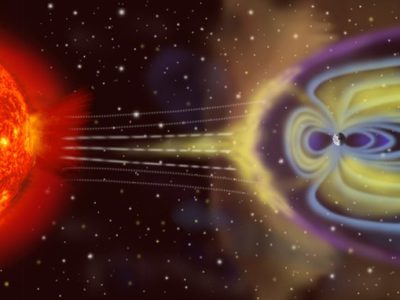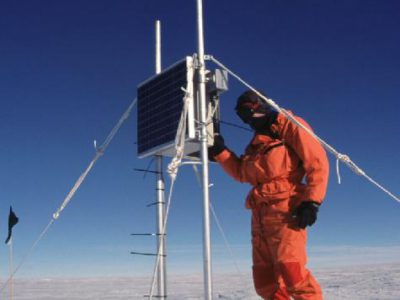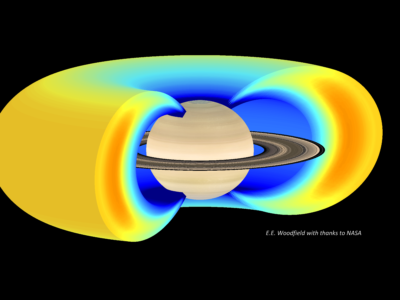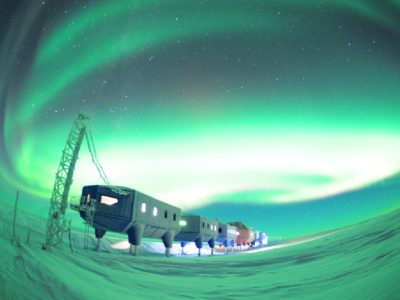Research projects
Filter:
Filtered:
See also Space Weather and Atmosphere team
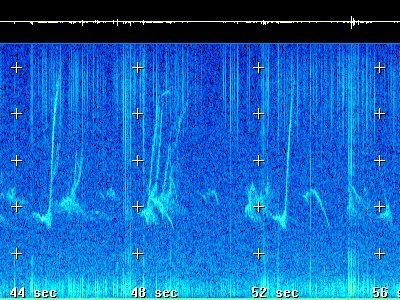
‘Sounds of Space’
Using a Very Low Frequency receiver at Halley Research Station we can pick up radio waves made by our planet. We use these waves to investigate the science of space …
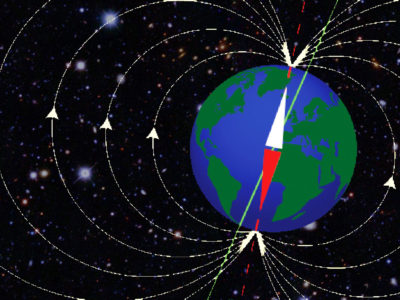
A High-Order Model of the Earth’s External and Induced Magnetic Field
For centuries people have used magnetic compasses to guide them on their way and explore new territories. This has led scientists to embark on their own journeys of discovery about …
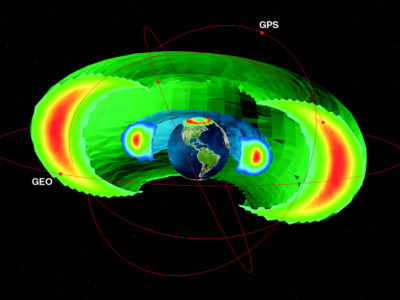
BAS-RBM
The radiation belts are the region of space around the Earth where high energy charged particles are trapped by the Earth’s magnetic field. The energy of the particles and their …
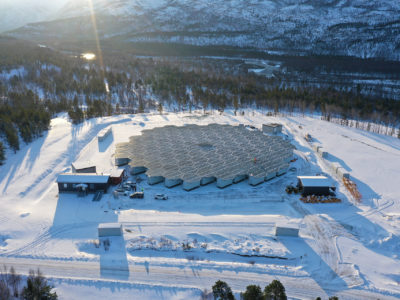
DRIIVE
DRIIVE will use the new EISCAT_3D radar to understand multi-scale coupling in the Ionopshere and how it is influenced both by space weather and the lower atmosphere. The impact of …
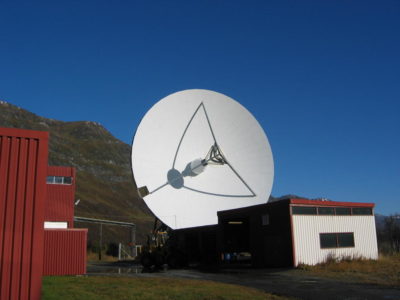
EISCAT Science Support
The UK EISCAT support group (UKESG) is a collaboration between the British Antarctic Survey and the Rutherford Appleton Laboratory, funded via the National Centre for Atmospheric Science (NCAS) EISCAT, the …
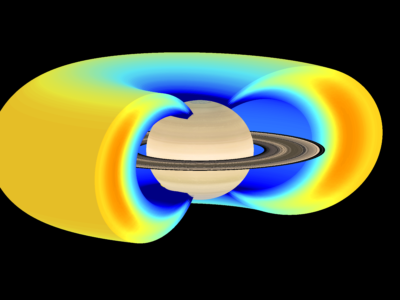
Electron Acceleration in the Radiation Belts of Earth, Jupiter & Saturn
Radiation belts of very high energy electrons and protons can form around some planets – at the Earth these large donut shaped regions in space are often called the Van …
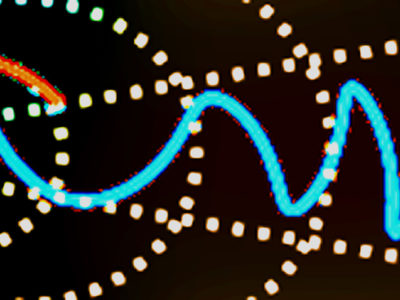
HOTRAY Ray Tracing Model
HOTRAY is a ray tracing computer code designed to trace the path of electromagnetic waves in a hot magnetised plasma. HOTRAY has been used to understand the generation and propagation …
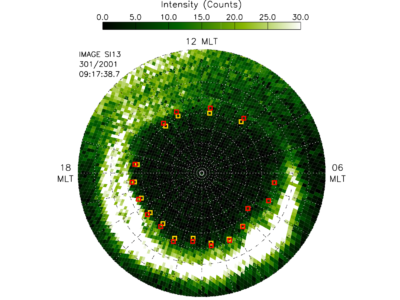
IMAGE Auroral Boundary Data
The objective of this project was to investigate whether magnetic reconnection in the space environment has a characteristic scale in space and time by characterising statistically the spatial and temporal …

Joule Heating
Society is highly dependent on the fleet of satellites that surround our planet. We rely on them for entertainment, communication, navigation, weather forecasting, and more. Many day-to-day activities, such as …
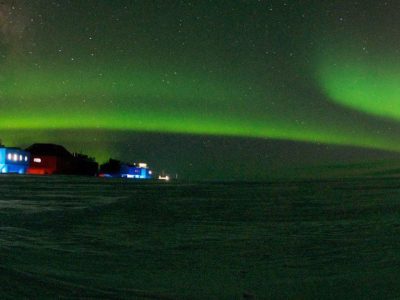
PADIE
Recent research has demonstrated that electro-magnetic waves present in space can have a dramatic effect on the charged particles in the radiation belts. Under certain conditions the particles can resonate …
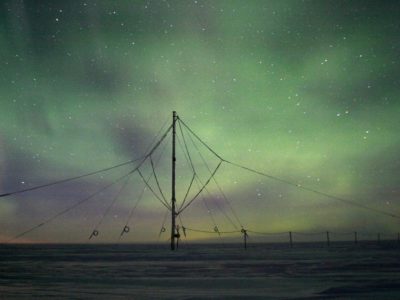
QEPPA
QEPPA is a joint project between the British Antarctic Survey and the Space physics group at Lancaster University. The objective of QEPPA is to work out the amount of charged …
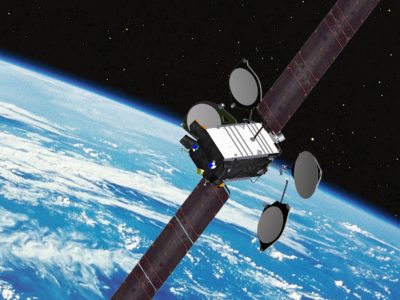
Rad-Sat
Rad-Sat is a NERC Highlight Topic that brings together a consortium of scientists from 5 different UK research groups, stakeholders from the space industry and a network of international collaborators. …
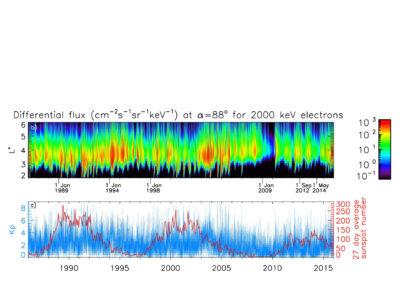
Radbelt-DA
The goal of the Radbelt-DA project is to apply data assimilation techniques used in weather forecasting to the BAS radiation belt model (BAS-RBM). This will enable much better reconstructions of …
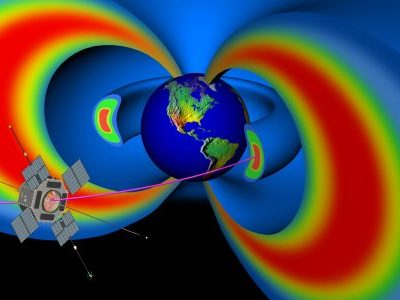
Sat Risk
Sat-Risk – Satellite Radiation Risk Forecasts – is a collaborative project between several academic institutions and stakeholders. The project is part of the Space Weather Instrumentation, Measurement, Modelling and Risk …
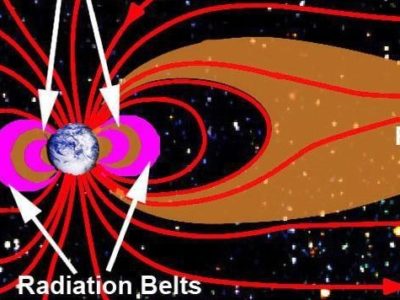
SORBS
Violent eruptions on the Sun can trigger large magnetic storms at the Earth lasting for days. These storms can increase the number of high-energy charged particles trapped in the radiation …

SPACESTORM
SPACESTORM is a collaborative project to model space weather events and find ways to mitigate their effects on satellites. Over the last ten years the number of satellites on orbit …
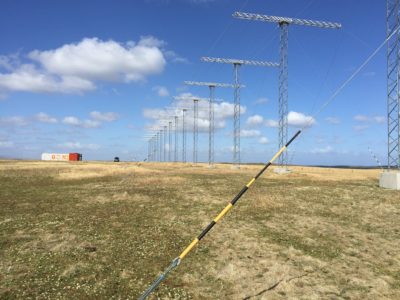
SuperDARN
The Super Dual Auroral Radar Network (SuperDARN) has been operating as an international co-operative organisation for over 25 years, and has proved to be one of the most successful tools …
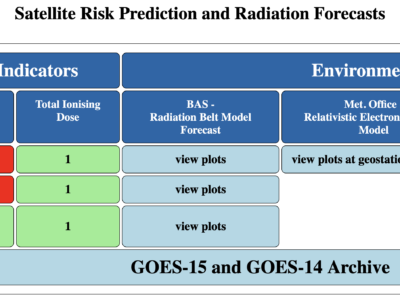
SWESNET
The British Antarctic Survey (BAS) provides a forecast of high energy electrons in the Earth’s radiation belts which can cause damage to satellites on orbit. These forecasts are used by …
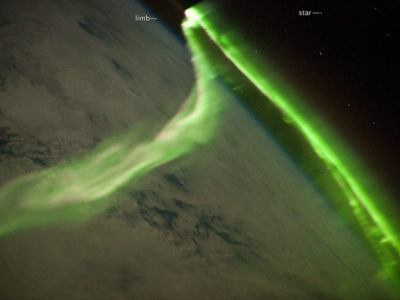
SWIGS
Certain ground based technologies, such as electrical power grids, pipelines and railways are susceptible to the effects of Space Weather. Changes in the way the magnetic fields of the …
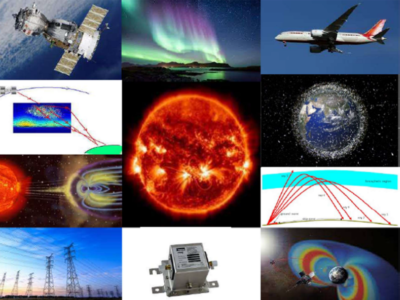
SWIMMR-T
Space debris is emerging as a key problem for humanity with the potential to cause major socio-economic impacts. It is currently estimated that there are over 900,000 pieces of debris …
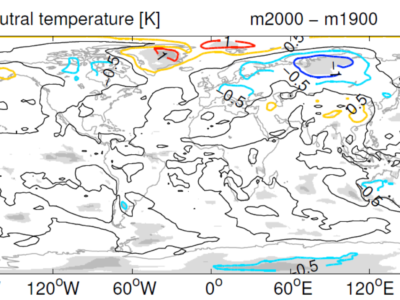
The effects of long-term changes in the Earth’s magnetic field
The Earth’s magnetic field plays a key role in the interaction between the solar wind and near-Earth space, which affects the upper atmosphere (~100-500 km altitude) in particular in the …

The Global Electric Circuit
Weather and climate prediction are inevitably limited by incomplete knowledge of the Earth system and its external influences. One under-explored and consequently controversial area of research is the meteorological influence …
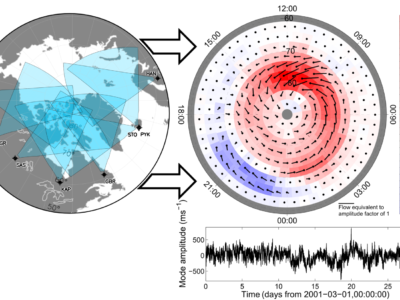
THeMES
The thermosphere is the uppermost layer of our atmosphere at the edge of space (85 to 1000 km altitude). Within this region orbit thousands of satellites worth billions of pounds …
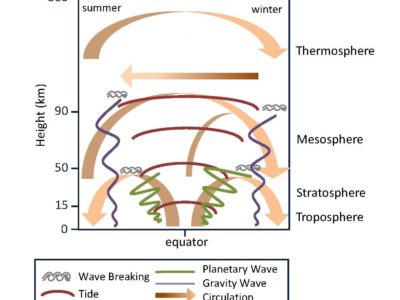
Whole Atmosphere Climate Change
The near-Earth space environment is host to an increasing amount of advanced, satellite-based technology, used for both commercial and scientific purposes. To safeguard this technology and ensure that we can …
